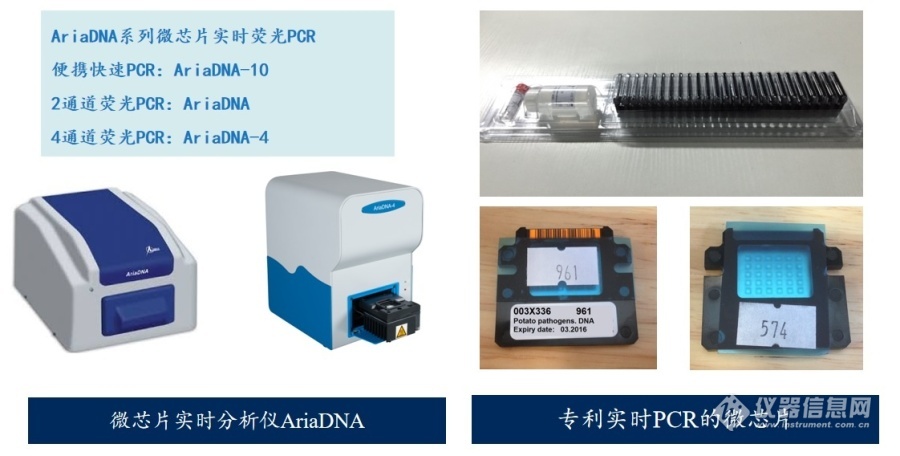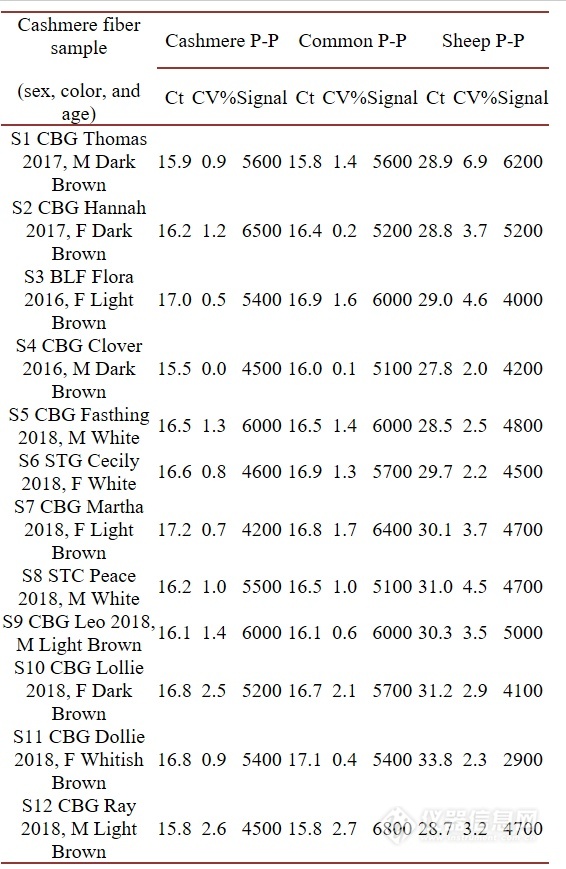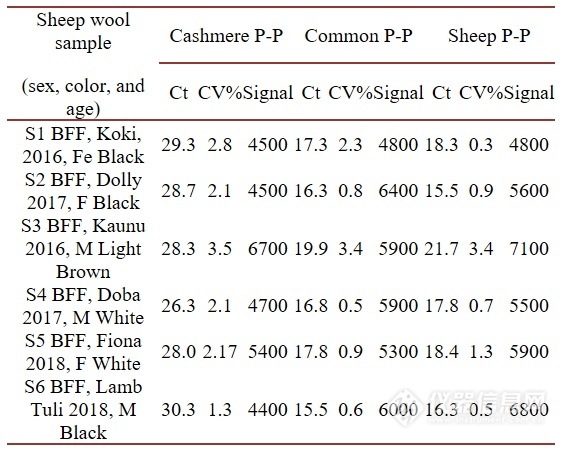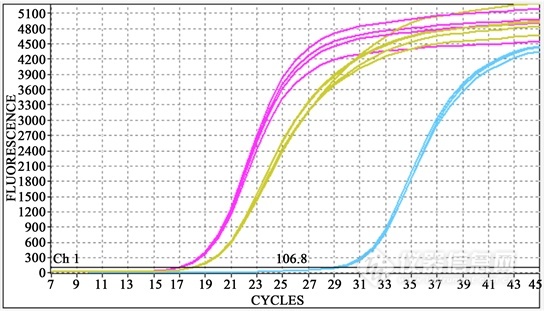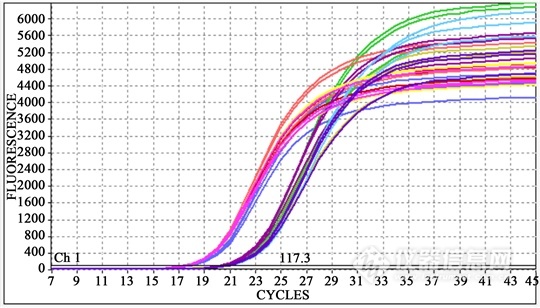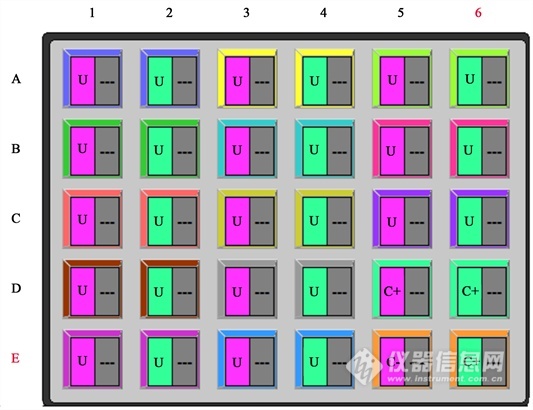The quantitative analysis of DNA for cashmere and sheep hair has been implemented, and LUMEX microchip real-time fluorescent quantitative PCR has quietly helped! Advantages of LUMEX microchip real-time fluorescence quantitative PCR: l Portable real-time PCR for field use l High sensitivity real-time fluorescence qualitative and quantitative analysis l Patented microchip platform to prevent cross-contamination l Unique chip platform design, ultra-fast heating and cooling speed l Fast analysis (DNA 25 minutes, RNA 50 minutes) l Open chip platform, compatible with general reagent supplies l freeze-dried chip operation is easier, eliminating human error l Widely used in animal and plant pathogen detection, food transgenic identification, genetic disease detection, cancer screening, etc. Cashmere, also known as cashmere, is a luxurious fiber extracted from goats that is extracted from goats and other goats. Although cashmere and wool are composed of two different proteins but have similar natural fibers, cashmere is much more expensive than wool. Therefore, in the actual sales chain, in order to obtain more material benefits, cashmere and wool are often mixed together for sale. It is still difficult to quantitatively analyze cashmere blended wool by traditional analytical methods. Microchip real-time PCR technology can effectively solve the problem of identification and quantification of cashmere. This technology has been widely used in many fields. LUMEX's technical experts have extensively studied this method and published related papers. The following is an excerpt from Maxim Slyadnev's paper entitled " Identification and Quantitation of Cashmere (Pashmina) Fiber and Wool Using Novel Microchip Based Real-Time PCR Technology ". From goats and sheep of different genders, breeds and ages Cashmere fiber PCR test list List of PCR detection of wool from goats and sheep of different genders, breeds and ages From goats and sheep of different genders, breeds and ages Amplification curve of cashmere fiber target gene Amplification curves of target genes in goat and sheep wool from different sexes, breeds and ages Quantitative standard curve of wool and cashmere Determination of cashmere content in model samples Qualitative and quantitative detection of wool and cashmere in natural fibers by microchip in conclusion: Microchip-based real-time PCR technology can be used for quantitative detection of cashmere and wool content in fiber blended fabrics such as wool adulteration. Data analysis of cashmere samples collected from goats and sheep of different regions and ages confirmed the validity and reliability of the detection technique. The volume of the test in the microchip reaction system is only 1.2 μl, which has the advantages of low cost, high specificity, high sensitivity, small human error, false negative or low false positive rate. This method is based on the detection of mitochondrial DNA extracted from cashmere and wool, and can be used for the detection of large-scale wool and cashmere products. The ready-to-use freeze-dried chip detection can greatly reduce the operational requirements of the inspectors. It is extremely advantageous for the detection industry to widely promote microchip real-time PCR. Source: LUMEX Analytical Instruments Roasted Pumpkin Seeds,Baking Pumpkin Seeds,Cooking Pumpkin Seeds,Toasted Pumpkin Seeds Wuyuan county dafeng oil food co.,ltd , https://www.dafengfood.com.cn
GB/T 36433-2018 "Textiles Cashmere and sheep wool mixture DNA quantitative analysis fluorescence PCR method" was officially implemented on January 1, 2019 , this standard specifies the use of real-time PCR to determine cashmere, sheep hair DNA in textiles Quantitative detection method. This standard applies to the detection of two components of cashmere and sheep wool in textile mixtures. LUMEX's microchip real-time PCR provides a simple, fast and accurate solution for the detection of wool content in cashmere and sheep wool. Compared with traditional real-time PCR, reagents and samples are used in less amount, only 1.2 μL of sample is needed; the temperature rise and fall can reach up to 12 ° C / s , and the time is shorter; the empty chip can be compatible with various conventional measuring agents. The reagent can be lyophilized on a chip to prepare a freeze-dried chip stored at room temperature, and the sample only needs to be separated and then added to 1.2 μL. Micro-chip fluorescence quantitative PCR provides users with simpler and more time-saving operation and a more friendly operation experience, which greatly saves time and costs and eliminates errors caused by human factors. 